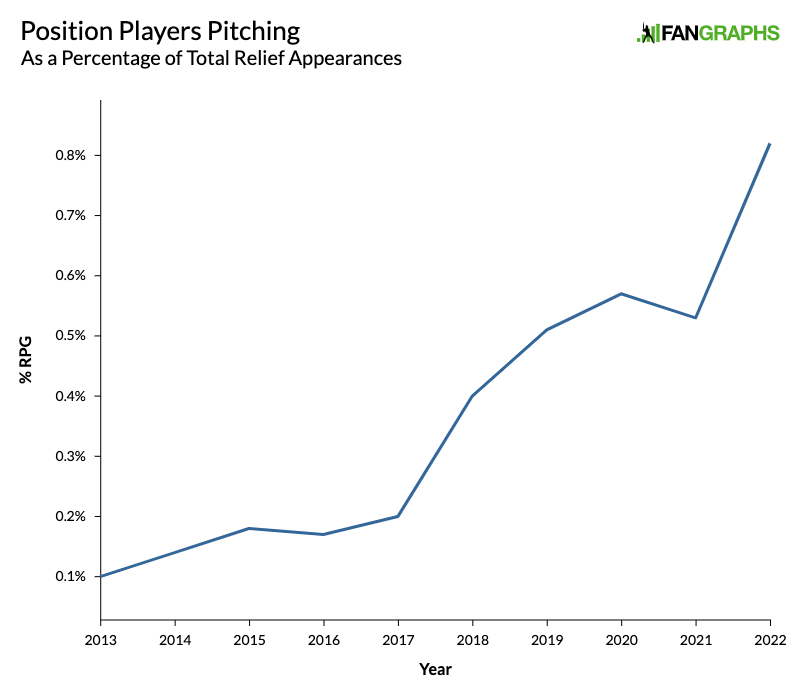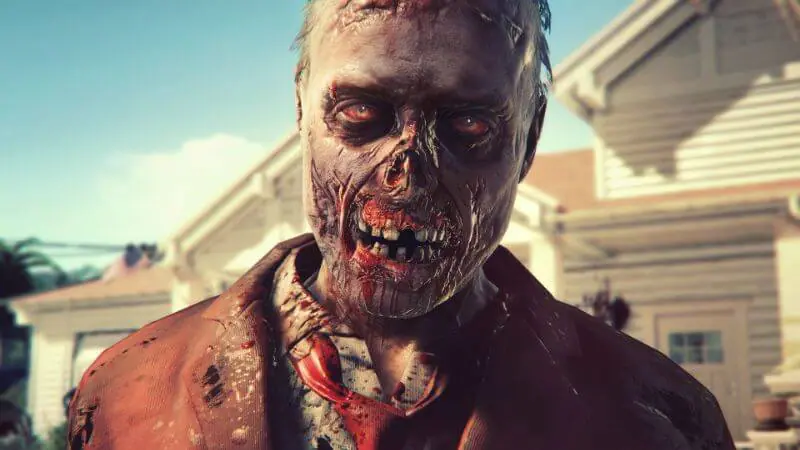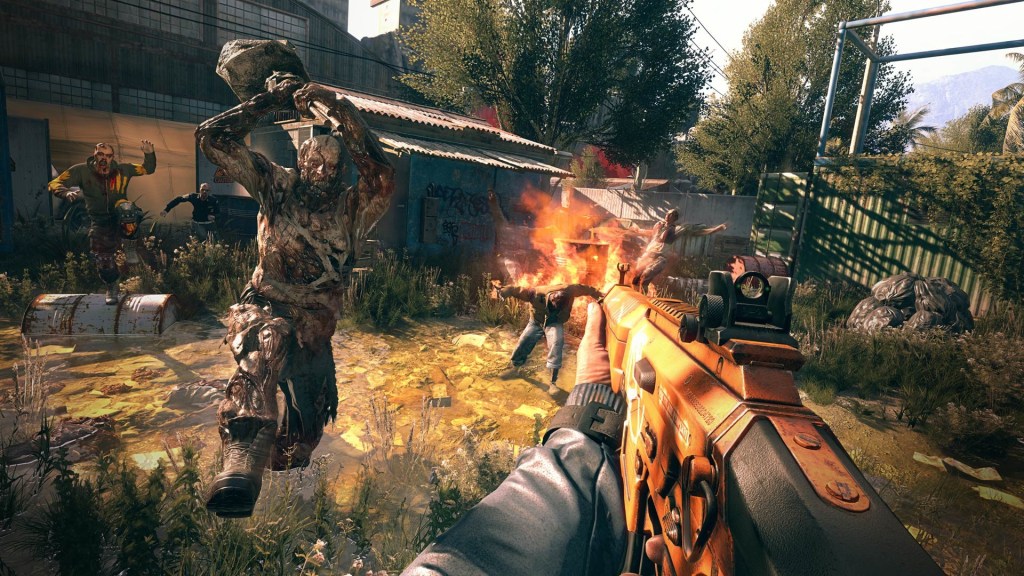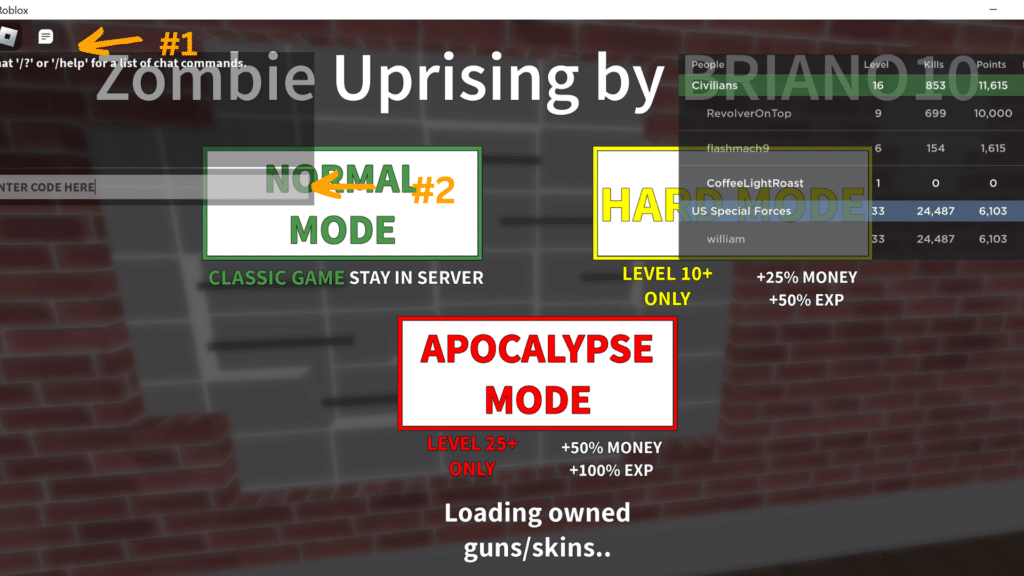Guidelines Committee Acts To Regulate the Invasion of the Late-Inning Zombies


On Monday, Main League Baseball’s Joint Competitors Committee dealt a double blow to anyone who enjoys baseball’s weirder late-inning turns, with the 11-man physique making the runner-on-second additional innings rule everlasting for all regular-season video games and inserting additional restrictions on the usage of place gamers to pitch. Each votes had been unanimous, in response to ESPN’s Jesse Rogers, and each guidelines will go into impact for this season alongside the beforehand adopted ones including a pitch clock and regulating pickoff throws, prohibiting defensive shifts, and enlarging the bases.
First put into place as a part of the COVID-19 well being and security protocols launched for the pandemic-shortened 2020 season, the extra-innings rule mandates that every inning after the ninth start with a runner on second base; some name it the ghost runner, however the zombie runner (named by our personal digital dandy, Dan Szymborski) or Manfred Man (christened by Reds statistician Joel Luckhaupt) are extra apt. The elevated ease of scoring runs is designed to deliver tied video games to a faster conclusion, thereby saving put on and tear on pitchers’ arms and decreasing the quantity of roster churn that happens after prolonged extra-innings contests; usually the reward for a much less skilled reliever stepping as much as throw a number of innings in extras is a ticket to Triple-A in favor of a more energizing arm.
The brand new restrictions on place gamers pitching permit groups to show to non-pitchers solely when down by eight or extra runs, up by 10 or extra runs, or in additional innings. Within the spring of 2019, a yr earlier than the pandemic started, MLB introduced a model of this rule with a permissible margin of at the least eight runs in both course, however that was revised to “greater than six runs” (i.e., at lest seven runs) the next spring earlier than all hell broke free. The rule was suspended underneath the 2020 and ’21 well being and security protocols however restored final yr; in a June 4 recreation final season, Dodger supervisor Dave Roberts was prevented by umpires from utilizing utilityman Zach McKinstry to pitch whereas trailing 9–4, a five-run margin. On the opposite facet of the coin, Roberts used utilityman Hanser Alberto to pitch 10 instances final season, together with eight the place the Dodgers held a lead, two of which occurred with margins of lower than 10 runs.
The 11-member Joint Competitors Committee was created as a part of final yr’s Collective Bargaining Settlement. Whereas MLB might beforehand implement guidelines unilaterally with one yr’s discover to the gamers’ union, the brand new committee provides the gamers a voice within the type of 4 participant representatives, however they’re outnumbered by the six house owners on the committee; one umpire can also be on the committee as properly. Thus the gamers’ energy solely goes up to now. Final September, the bloc of gamers voted unanimously towards the banning of shifts and the introduction of the pitch clock, however they had been outvoted on each issues, and each guidelines will go into impact this season regardless of their protestations. With each of those issues, nonetheless, the gamers had been onboard, with Rogers reporting, “Gamers had considerations, as statistics had been starting to be dramatically affected by so many place gamers pitching.”
If that’s correct, the gamers’ focus is misguided, as a result of the rub is that the additional innings rule has a distorting impact on participant stats as properly, one which impacts about 3.6 instances as many plate appearances on an annual foundation. In 2022, additional innings plate appearances accounted for 1.32% of all PA, and people towards place gamers made up simply 0.37%. Essentially the most PA by any participant in extras in 2022 was 15, a lead shared by Yandy Díaz and Gleyber Torres, with Aaron Choose, Steven Kwan and José Ramírez subsequent with 14. If you need a window into the distorting impact of these extra-inning guidelines, think about that Choose walked seven instances in these 14 PA (six of which had been intentional) and Ramírez six instances (5 intentional). MLB has ripped up up over a century and a half of enjoying extras underneath the identical guidelines as the primary innings — by way of Peter Morris’ Recreation of Inches, the primary recreation longer than the regulation 9 dates to 1859, 12 years earlier than the founding of the Nationwide Affiliation — for this?
I’ll return to that topic, however first, it’s essential to acknowledge that the extra-innings rule does what it’s primarily supposed to do, which is to cut back the variety of innings per extra-inning recreation and drastically cut back the frequency of marathon contests:
Video games Lasting Longer Than 9 Innings 2018-22
| Yr | Additional% | Avg. Additional | >11 |
|---|---|---|---|
| 2018 | 8.9% | 11.04 | 2.84% |
| 2019 | 8.5% | 11.14 | 2.31% |
| 2020 | 7.6% | 10.29 | 0.67% |
| 2021 | 8.9% | 10.24 | 0.64% |
| 2022 | 8.9% | 10.22 | 0.66% |
| 2018-19 | 8.7% | 11.09 | 2.57% |
| 2020-22 | 8.7% | 10.24 | 0.65% |
I’ve excluded the extra-inning video games that started as these infernal seven-inning doubleheader video games from 2020 and ’21. What we see with the info above is that whereas the general frequency of bonus cantos has remained roughly unchanged on both facet of the zombie apocalypse rule’s introduction, the typical extra-innings contest within the three seasons through which the runner-on-second rule has been in place has been 7.7% shorter than such video games from 2018 to ’19. Moreover, the frequency of video games lasting longer than 11 innings is about one-quarter of what it was in these two pre-pandemic seasons. Amid the invasion of the Manfred Males, we’ve had simply two video games go longer than 13 innings, none in 2020 after which one apiece in ’21 and ’22, in comparison with 19 in 2018 and 23 in ’19.
Nonetheless, we’re not speaking excessive frequencies. Over the previous half-decade, the typical staff has performed about 14 extra-inning video games per 162-game season. Within the two years earlier than the rule change, groups averaged 4 video games longer than 11 innings per 162-game season. Because the rule was put into place, that’s down to at least one recreation longer than 11 inning per 162, a financial savings of three video games per staff, or one each two months. All informed, the rule change quantities to a financial savings of about 12 innings per staff per season, or two innings a month.
[Update: Multiple readers have asked me about the effect of the rule change on game times, which I left out of this initially because I feared the comparison might be obscured by the overall trend towards more relievers per game. However, that usage has been pretty stable over the 2018-22 period, with a larger change in the few years before that window. For what it’s worth, extra-innings games in the three seasons since the runner-on-second rule’s implementation have averaged 224 minutes (three hours and 44 minutes), compared to 234 for the two seasons before.]
The issue is considered one of overkill. The mechanism of this game-shortening measure “works,” however it does so by making a vastly totally different recreation.
Scoring and Small-Balling, Innings 1–9 vs. Extras
| Yr | RA9 1-9 | RA9 Ex | BB% 1–9 | BB% ex | IBB% 1–9 | IBB% Ex | SH% 1–9 | SH% Ex |
|---|---|---|---|---|---|---|---|---|
| 2018 | 4.49 | 4.03 | 8.4% | 12.1% | 0.4% | 3.1% | 0.4% | 1.1% |
| 2019 | 4.88 | 4.26 | 8.5% | 11.8% | 0.4% | 2.2% | 0.4% | 0.9% |
| 2020 | 4.80 | 9.30 | 9.1% | 13.7% | 0.2% | 4.8% | 0.1% | 3.7% |
| 2021 | 4.57 | 10.55 | 8.6% | 14.6% | 0.3% | 6.1% | 0.4% | 1.9% |
| 2022 | 4.28 | 10.13 | 8.1% | 14.1% | 0.2% | 5.9% | 0.2% | 2.0% |
| 2018-19 | 4.68 | 4.15 | 8.4% | 12.0% | 0.4% | 2.7% | 0.4% | 1.0% |
| 2020-22 | 4.55 | 10.19 | 8.5% | 14.2% | 0.2% | 5.8% | 0.3% | 2.2% |
As a result of the zombie runner — the batter who made the ultimate out of the earlier inning — is taken into account an unearned run, we are able to’t examine ERA splits, so as an alternative I’ve used runs allowed per 9 innings (RA9). Scoring in extras within the two years previous to the change decreased by 11.4% relative to innings 1–9, about half a run per 9, as a result of relievers are higher at run prevention than starters on a per-inning foundation. Due to the unearned reward of a person in scoring place, underneath the new-fangled guidelines, extra-inning scoring charges are 124% increased than these from innings 1–9 — in different phrases, greater than double! Intentional stroll charges, which had been 6.6 instances increased in extras than 1–9 earlier than the change, at the moment are 23.6 instances increased, and sacrifice bunt charges, which had been 2.4 instances increased in extras earlier than, at the moment are 8.1 instances increased. Groups have drastically diminished their reliance upon small-ball ways within the post-Moneyball period, however put a zombie on second within the tenth inning and out of the blue we’ve acquired an outbreak of 1968 on our arms.
That’s solely a slight exaggeration. Earlier than the change, hitter performances in extras took a dip by the equal of about three factors of wRC+, with increased on base percentages (owing to increased stroll charges) however decrease slugging percentages. Now, given the final benefits of hitting as pitchers ship from the stretch with males on base, OBPs acquire about 50 factors in extras, and slugging percentages stay roughly steady.
Hitting in Innings 1–9 vs. Extras
| Yr | AVG 1–9 | OBP 1–9 | SLG 1–9 | wRC+ 1–9 | AVG Ex | OBP Ex | SLG Ex | wRC Ex |
|---|---|---|---|---|---|---|---|---|
| 2018 | .248 | .318 | .410 | 97 | .245 | .345 | .398 | 99 |
| 2019 | .253 | .323 | .436 | 97 | .233 | .331 | .394 | 89 |
| 2020 | .245 | .322 | .418 | 100 | .237 | .351 | .382 | 95 |
| 2021 | .244 | .316 | .411 | 97 | .254 | .366 | .418 | 101 |
| 2022 | .242 | .311 | .395 | 100 | .265 | .372 | .397 | 109 |
| 2018-19 | .250 | .320 | .423 | 97 | .239 | .338 | .396 | 94 |
| 2020-22 | .243 | .315 | .405 | 99 | .256 | .367 | .404 | 104 |
Once more, the Manfred Man rule has launched an entire totally different ballgame from what we’ve spent the earlier three hours watching. Your mileage might differ as to your emotions on the matter, however to those eyes, it’s a jarring and ugly answer to an issue that hardly exists within the first place. The gamers, nonetheless, have endorsed this route, and we all know managers and executives are on board as properly. All of which ought to inform us one thing about how little they worth a given midseason recreation as soon as 9 innings have elapsed: “Win or lose, let’s get this over with and go pound that Budweiser.”
As for the place gamers pitching, at the same time as someone who for years has loved monitoring the development, I’ll admit that it’s gotten manner out of hand. It’s enjoyable when it’s Albert Pujols or Yadier Molina taking the hill for some career-capping cameo, however did we want 4 appearances by Carson Kelly in 2022, or seven by Kody Clemens, who contributed precisely one strikeout to the father-son record total of 4,673?
Not counting Shohei Ohtani (or, for 2019, his Angels teammate Jared Walsh), place gamers made 132 appearances on the mound final yr, blowing away the earlier yr’s file of 89, which itself snuck previous the 2019 file of 85. These appearances accounted for 0.82% of all reduction appearances, up sharply from 0.53% in 2021 and greater than double the ’18 fee of 0.4%.

What’s extra, the development grew extra frequent after June 20, when MLB lastly enforce one other rule that was introduced for 2020 however delayed by the pandemic after which final spring’s lockout-shortened spring coaching: limiting every staff’s 26-man energetic roster to 13 pitchers. By means of June 19, 0.62% of all reduction appearances had been made by place pitchers; thereafter, the speed shot as much as 0.97%, a rise of about 57%. Inside that, the development of groups utilizing place gamers to shut out blowouts actually gained steam. It occurred 5 instances previous to June 19 and 14 instances thereafter, with the Rays’ Christian Bethancourt and the Giants’ Luis González each making a number of appearances in that context (and Alberto showing in six of his eight video games with the lead).
None of this might be such an issue if place gamers weren’t so conspicuously terrible on the process. Final yr they put up a ten.00 ERA and eight.73 FIP on the job, permitting 3.26 homers per 9, hanging out simply 2.5% of batters, and strolling over thrice as many. As previous buddy Eno Sarris identified at The Athletic, due to this inflow of place gamers, the variety of pitches 60 mph or slower was about 11 instances extra in 2022 (856) than in ’18 (78). By way of Baseball Savant, batters teed off on these pitches, hitting .378 and slugging .687 in 322 PA towards these gradual balls in 2022.
After I checked in on the usage of place gamers to shut out blowouts final August, I recommended it may be time to undertake a 10-run rule governing such appearances, and that’s certainly a part of what we’re getting on that finish, however I don’t assume that is going to have the impression that Rob Manfred and pals do. Even when place participant pitching frequencies on both finish of blowouts get dialed again to 2017 ranges (32 appearances totaling 29 innings), that quantities to the redistribution of simply over 100 innings, a bit greater than three innings per staff. Whoop-de-damn-doo.
In that mild, what’s odd concerning the gamers’ place as expressed by way of Rogers is that they’re involved concerning the dramatic impact of such encounters on stats, however in all, place gamers confronted simply 671 batters all yr and gave up 48 homers. That’s 671 batters confronted from among the many 693 gamers with at the least one PA final yr. I don’t have a full accounting of batter-versus-position-player-pitching totals — it seems Stathead wasn’t constructed for this form of factor, and doing it by hand is tedious — however for those who assume that no person with fewer than 100 PA final yr confronted a place participant, that leaves 469 gamers to distribute these 671 PA amongst, or 1.4 per participant. No person’s stats are being distorted to any noticeable diploma by this; I did account for all 48 homers surrendered by place gamers in 2022, and solely 4 (Corey Dickerson, Ha-Seong Kim, Giancarlo Stanton, and Wilmer Flores) even had two such homers.
No matter worry the gamers have that someone else someplace is getting a neater journey than they’re (all too widespread in our politics outdoors the sport) is unfounded, the results of a cognitive bias that overestimates excessive occasions. Hitters aren’t padding their stats for large arbitration wins by including 5 garbage-time homers towards place gamers, and even when they had been, it’s not like these are coming towards pitchers equally striving for greater paydays. Neither Alberto nor Clemens are going to lose an arbitration case over their pitching stats. However some poor schmuck who pitches a pair innings of mop-up in an 8–1 recreation may get that ticket to Scranton-Wilkes Barre or Albuquerque simply as absolutely as he would by throwing innings 12 and 13.
Whereas the overall variety of plate appearances towards place gamers in 2022 amounted to fewer than Choose himself made (simply to select one apparent level of reference) by comparability, gamers mixed for two,395 plate appearances in additional innings, once more about 3.6 instances as many as they took towards place gamers. Each contain hitting in what we are able to typically name 10-runs-per-nine environments, however it’s fairly apparent which is having the bigger impact.
In all, this largely boils right down to a lot ado about nothing. Taken collectively, these two guidelines tackle what amounted to roughly 2% of all plate appearances in 2022. By some means, these encounters — most of which happen late at evening, after affordable individuals have gone to mattress — are retaining the commissioner up within the wee hours as he strives to seek out new locations to stay his greasy fingerprints on the sport within the identify of tempo of play. Fortunate us.




